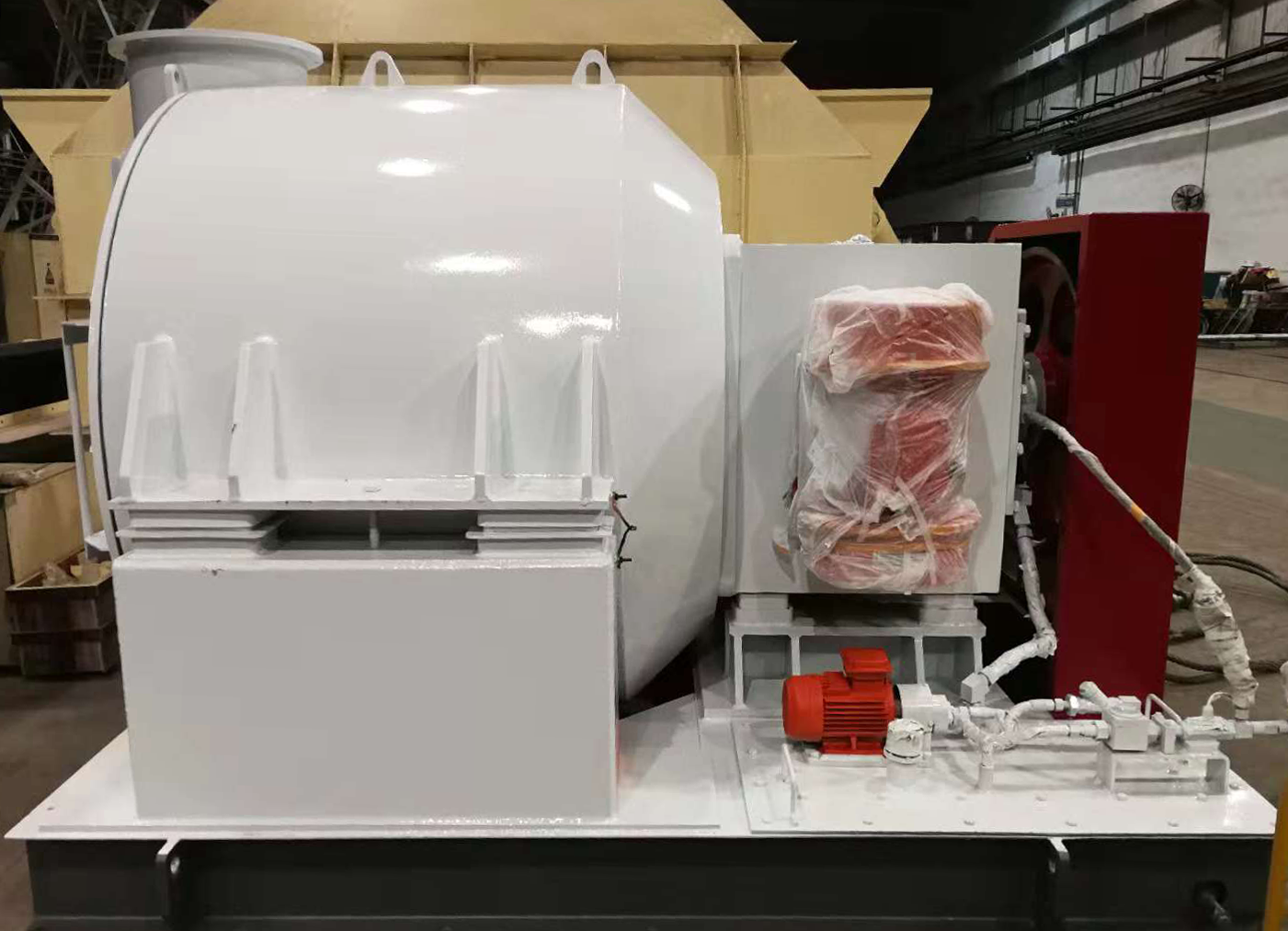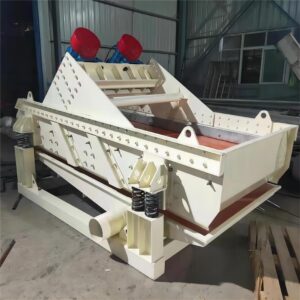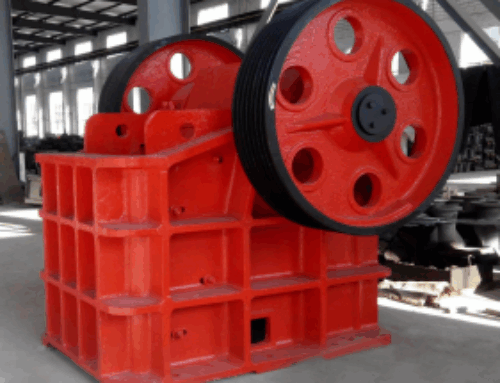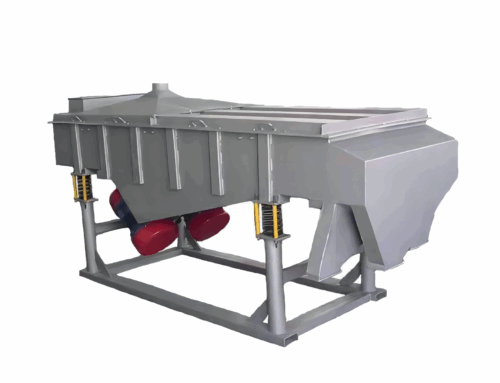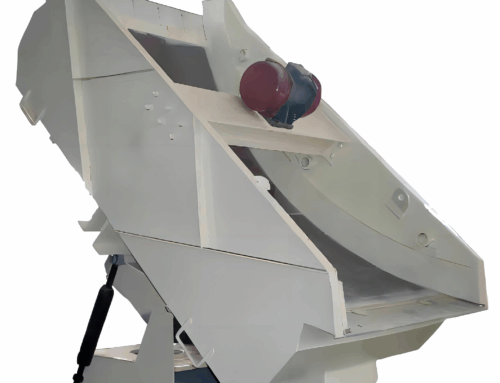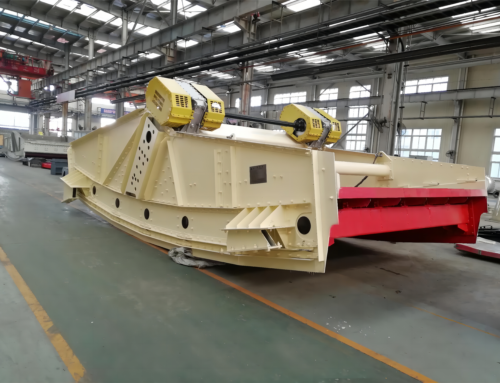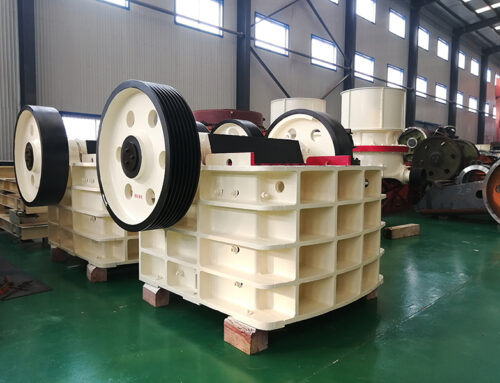Ore mining occupies a pivotal position in the process of modern industrial development, is a key way to obtain all kinds of metal and non-metal resources, for manufacturing, construction, energy industry and many other fields provide indispensable basic raw materials, which is an important cornerstone to promote economic development and social progress. However, ore mining is not an easy task, it is a highly complex and challenging work. Different types of ore, its geological conditions, physical and chemical properties, the state of existence and other aspects are very different, which makes the mining of each type of ore need to be tailored to the development of mining programmes. Some ores are buried deep underground and need to cope with complex underground geological formations, underground hydrological conditions, and ground pressure; while some ores are distributed on the surface or at shallow depths, and may face challenges in terms of topography and environmental protection during the mining process. In addition, the hardness, toughness, stability and other physical properties of the ore will also have an important impact on the choice of mining process. It is precisely because of the complexity of ore mining that the comparative study of different types of ore mining processes is of great significance. Through a variety of mining processes in the technical feasibility, resource recovery rate, cost-effectiveness, environmental impact and other aspects of the in-depth comparative analysis, for mining enterprises in the selection of the most suitable mining process to provide a scientific basis and decision-making references, so as to achieve efficient, safe, environmentally friendly and economic mining of ore resources, to improve the economic and social benefits of the mining enterprises, and to promote the sustainable development of the mining industry.
一.Comparison of mining difficulty
Metallic and non-metallic ores have obvious differences in mining difficulty. Generally speaking, the hardness of metal ores is often higher, such as iron ore, copper ore, etc., their texture is relatively hard, in the mining process, you need to use more impact and cutting power of the equipment to crush the ore, in order to achieve the mining operation. And many metal mines are buried deeper, such as some gold, copper, etc., need to be excavated through the shaft or inclined shaft and other ways deep underground where the ore body is located, followed by the construction of complex roadways, quarries and other projects to carry out the work of mining, the whole process involves a lot of such as ventilation, drainage, support, and other technical difficulties, in order to ensure that the safety of the underground mining environment as well as the normal development of the operation.
In contrast, the hardness of non-metallic ores is usually low, such as limestone, gypsum and other non-metallic ores, mining can be relatively simple blasting or mechanical cutting methods can be used to separate the ore from the ore body. And most of the non-metallic ores are buried at a relatively shallow depth, and very often can be obtained through open-pit mining, without the need for complex operations such as deep underground excavation as in the case of metal ores. So all in all, the mining difficulty of metal ores is relatively large, while the mining difficulty of non-metallic ores is relatively low.
二.Comparison of mining method selection
Metallic and non-metallic mines have different focuses in the choice of mining methods. Metallic mines are often of high value due to the metals they contain, such as gold, silver and other precious metals, as well as copper, iron and other commonly used metal ores, and more consideration will be given to how to maximise the mining efficiency and obtain higher economic benefits when mining. For shallow, large reserves and suitable for large-scale mining of metal deposits, often give preference to open-pit mining, the use of large-scale excavation equipment for efficient excavation and transport; while for those deep, but the value of the ore is enough to cover the high cost of mining metal mines, will be used in underground mining, and the use of a variety of advanced underground mining methods to ensure the safety of the mining and the recovery rate of the ore.
Non-metallic mines are more likely to consider cost and environmental factors when choosing a mining method. For non-metallic minerals such as limestone, which is used in large quantities in construction and other industries and has abundant reserves and low difficulty in mining, the lower-cost open-pit mining will be preferred to meet the market demand under the condition of controllable impact on the environment. As for some special non-metallic minerals, such as graphite, which has a softer texture, it is necessary to avoid excessive damage to the ore when mining to ensure the quality of the ore, so the mining method should be more delicate, and also consider that the cost of mining can not be too high, otherwise it will affect its economic efficiency. In short, the choice of mining methods for non-metallic minerals is more inclined to meet market demand while taking into account cost control and reducing the impact on the environment.
三.Comparison of environmental impacts
The impact of metal ore mining on the environment is more serious, especially the open-pit mining method. In the open pit mining of metal ores, it is necessary to strip and clean the covering layer above the ore body, such as a large amount of soil, rock, etc. This process will directly damage the surface vegetation, change the topography and landscape, resulting in a large area of bare land, which is easy to cause soil erosion and other problems. And mining process slag, wastewater and other waste if not handled properly, but also on the soil, water resources and other pollution, such as some metal mine wastewater containing heavy metals, untreated discharge will be a great danger to the surrounding water environment. At the same time, metal mining underground mining process produces waste rock piles, etc. will also occupy land resources, and may cause damage to groundwater resources.
Non-metallic mining also has an impact on the environment, although it is smaller than that of metal mining. For example, although non-metallic open-pit mining will also cause damage to the mountain, change the local landscape and so on, but because of its mining process is relatively simple, the composition of the waste generated is relatively less complex, the degree of pollution to the environment is relatively low. Like gypsum mining mainly affects a certain range of surrounding land and vegetation, and the hazardous level of its waste water and other pollutants is usually not as great as that of the pollutants produced by metal mining. However, non-metallic mining should not ignore the environmental problems, such as some non-metallic mining, if not timely ecological restoration, will also cause land sand, ecological imbalance and other adverse consequences.
四.Comparison of safety risks
Underground mining of metal ores involves high safety risks. In underground mining of metal mines, due to the complex underground environment, it is easy to appear such as landslides, especially in some unstable geological conditions, mining rock joints development area, mining process roadway, quarry roof and two gangs of rock may be due to stress changes and other reasons suddenly collapsed, to the operating personnel and equipment pose a serious threat. Moreover, some metal mines may have flammable and explosive gases such as gas, which may easily cause gas explosions in case of fire or poor ventilation, with unimaginable consequences. In addition, the failure of underground drainage, ventilation, hoisting and other systems will also bring many safety risks.
The safety risk of underground mining of non-metallic mines is relatively low, but still requires attention. For example, although the underground mining of some non-metallic mines is not as prone to gas explosions and other dangers as metal mines, it may also face safety problems such as roof falls and groundwater influx, especially when the mining depth increases and geological conditions deteriorate. And part of the non-metallic mines in the mining process if encountered special rock properties or structure, may also trigger local collapse and other accidents, the safety of the operator’s life, so in the non-metallic mining underground mining also need to do a good job in the corresponding
The future development of ore mining processes will move towards greater efficiency, safety, environmental protection and intelligence. In terms of technological innovation, new mining methods or improvements to existing methods may emerge, such as optimising filling materials and processes to improve the strength and stability of the filling body while reducing costs; developing more accurate ground pressure monitoring and control technologies to reduce the occurrence of ground pressure accidents; and exploring intelligent mining equipment and systems to achieve automated mining and remote monitoring to improve production efficiency and safety. In terms of resource utilisation, more attention will be paid to improving the ore recovery rate and reducing the waste of resources, as well as strengthening the comprehensive utilisation of waste rock and tailings, extracting the useful components therein, and maximising the utilisation of resources. In terms of environmental protection, with the increasingly stringent environmental regulations, the mining process will pay more attention to reducing the impact on the environment, such as developing more environmentally friendly filling materials, reducing energy consumption and pollutant emissions during the filling process; adopting green mining technology to reduce the damage to surface vegetation and soil erosion; strengthening the restoration and management of the mining ecological environment, and realising the harmonious symbiosis between mining and the ecological environment. In addition, interdisciplinary research and cooperation will be increasing, combining mining engineering with geology, materials science, environmental science, automation technology and other disciplines to provide broader ideas and methods for the innovation and development of ore mining process. In short, the future ore mining process will continue to adapt to the needs of social development and achieve the goal of sustainable development while guaranteeing the supply of resources.

